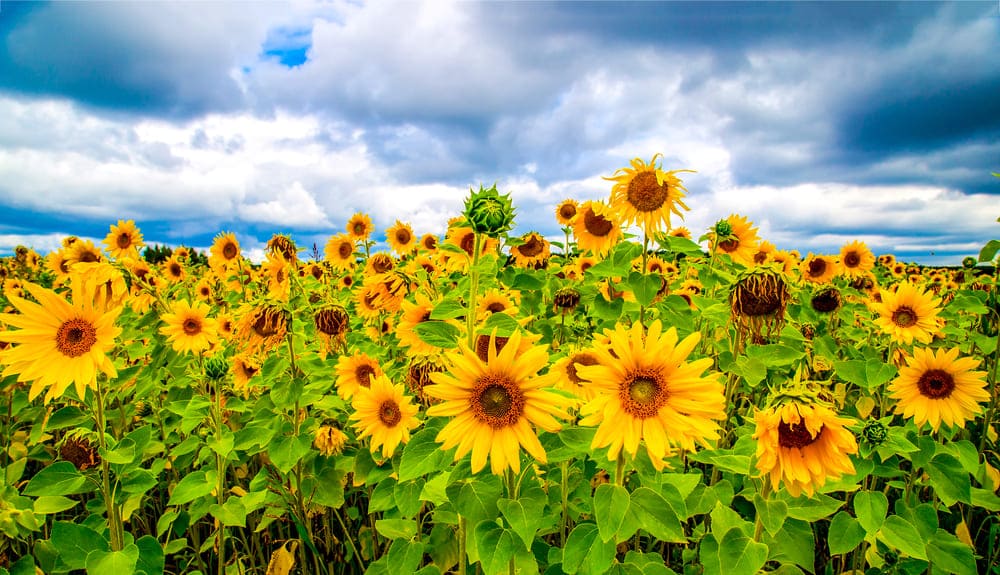
Sunflowers can grow up to be several feet tall. The growth period for sunflowers is relatively short when compared with other plants. It takes a few months at max for these plants to reach maturity. These plants prefer long summer and grow the best in sunny regions. Each sunflower plant contains thousands of sunflower seeds that are pretty nutritious.
The public opinion on transplanting sunflowers is quite divided. Half the people say that these plants can’t be transplanted, while the other half believe there is no problem in transplanting sunflowers. If you’re also unsure about whether or not you should be transplanting sunflowers, then let us go through how to transplant sunflowers.
How To Transplant Sunflowers?
If you follow the transplant procedure perfectly, then it is pretty easy to transplant sunflowers. So, to transplant the sunflower in a new location, you need to get the sunflower and the roots intact. If the roots get damaged during the procedure, then that can cause multiple issues. Make sure that you pick up the whole sunflower plant along with the soil attached to the roots. Now, you can take this complete plant to a new location and prep the ground for transplant.
Dig a hole in the soil as to where you want your sunflower plant to go. Make sure to dig the hole a little bit deeper than the soil attached to the sunflower. After drilling the hole, you can just put the sunflower in the spot to contact the sunflower soil with the new soil bed you will be using. This step is crucial as you want your water to collect on the sunflower transplant when you water your garden.
Now, it is better to put some compost and fertiliser on top of the sunflower transplant. You can use any fertiliser that will break down quite quickly. The fertiliser is necessary to dampen the shock of the transplant when you introduce your plant to the new home. After that, you need to make sure that the requirements of the plants are met, and they should grow without any further issues.
Keep watering the plant and add more fertiliser if you believe it to be necessary. If you have never done this before, then seek guidance from your local experts. They can guide you more effectively according to the weather conditions and the type of soil. If you follow the procedure mentioned above, it shouldn’t be too hard to transplant your sunflowers into a new location.
Avoiding Transplant Shock
The transplant shock is a widespread issue when you move the location of a plant. The plants suffering from this shocking show nominal growth, and you won’t get any produce. Even though it is pretty challenging to remove the transplant shock, some mehtods can minimise it. The methods mentioned below might make it easier for your plants to adjust to the new environment.
The most crucial factor while transplanting is getting the timing right. You can’t move a plant to a different location with underdeveloped roots. These roots can get damaged, and in the long run, you won’t get any production from a plant with damaged hearts.
So, make sure to get the timing right and not wait too little or too long while transplanting different plants. Once there is sufficient root development, you can move the plant to a different location to take care of your roots.
Other than the timing, you need to pay extra attention to their requirements. Most of the time, these requirements include watering the plants and sufficient sunlight. However, experienced gardeners prefer the use of compost and fertiliser to aid the growth of the transplant.
So, if you want to minimise the transplant shock, don’t forget to use adequate fertiliser. Depending upon the requirements of the new plant, you should also move it outdoors to avoid any issues.
It shouldn’t be too hard to transplant sunflowers as long as you follow the instructions mentioned above. Yprimarymain focus should be on minimising the transplant shock while also taking care of the transplant. For more information, we suggest that you seek help from your local experts. Depending upon the weather and other conditions, they can recommend some tips that will be more suited for your specific location.
